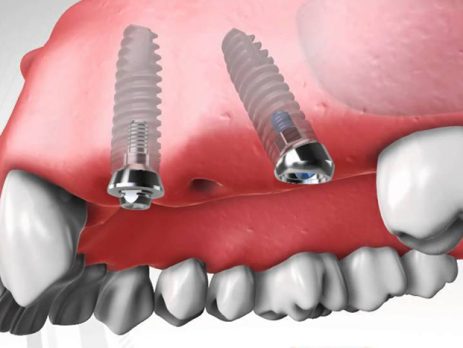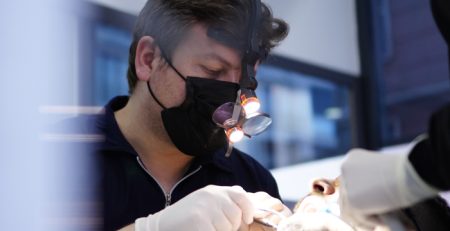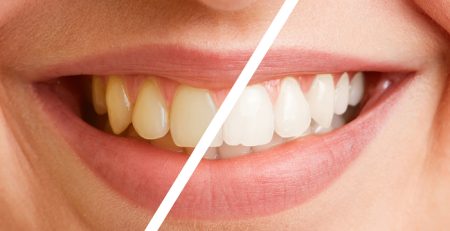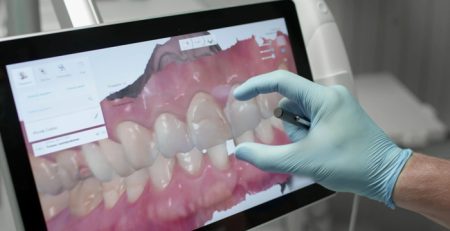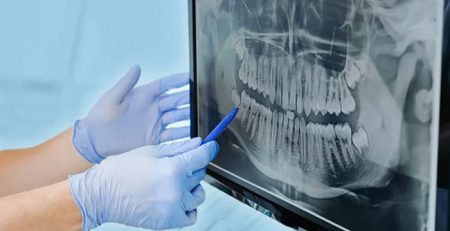Zygoma Implant – Fixed Solution for Insufficient Bone
Zygoma Implant – Fixed Solution for Insufficient Bone A New Approach in Advanced Dental Treatments
Modern dentistry has developed various treatment options for patients with insufficient jawbone. Among these, zygoma implant technology stands out. Zygoma implants come into play in cases where traditional implant methods fall short, acting as a savior for patients experiencing upper jawbone resorption.
What is a Zygoma Implant?
The zygoma implant gets its name from the zygomatic bone (cheekbone) where it is anchored. Unlike conventional dental implants, these implants are fixed not directly to the upper jawbone but to the cheekbone. Zygoma implants are much longer than traditional implants (typically between 30-52 mm) and can be placed in the dense and sturdy zygomatic bone.
This technique offers patients with severe upper jawbone loss the opportunity to have fixed dental prostheses without the need for advanced surgical procedures such as bone grafting.
Who is Eligible for Zygoma Implants?
– Patients with severe bone loss in the upper jaw
– Individuals who are not candidates for bone grafting
– Completely edentulous patients seeking fixed prostheses
– Patients with previous unsuccessful implant treatments
– Individuals with systemic conditions unsuitable for conventional implants (with physician approval)
Treatment Process
Zygoma implant treatment requires expertise and generally includes the following stages:
– Examination and Imaging: Advanced imaging methods such as panoramic X-rays and CBCT scans are used to analyze bone structure.
– Planning: The dentist plans the length, angle, and prosthetic design of the zygoma implant.
– Surgical Procedure: Under local or general anesthesia, the zygomatic implants are placed into the cheekbone. The operation can last 2-4 hours.
– Healing Process: In most cases, a temporary fixed prosthesis is placed immediately after implant insertion. Osseointegration (fusion of bone and implant) may take 3-6 months.
– Permanent Prosthesis Application: After healing, a permanent fixed prosthesis is attached.
Advantages
– Eliminates the need for bone grafting, saving time and cost.
– Enables quicker access to fixed teeth.
– Has a high success rate.
– Requires less surgical intervention compared to other implants.
– Can be applied even in cases of jawbone loss due to long-term edentulism.

